What are the key concepts related to molecular evolution? (5)
Mechanisms of evolution
Sequence conservation and evolution
Phylogenetics
Gene duplication
Heterozygote advantage
What is evolution? (1)
Heritable changes within a population that accumulate over generations.
Who published "On the Origin of Species" and when? (2)
Charles Darwin, published in 1859.
What theory did Charles Darwin put forward in "On the Origin of Species"? (1)
Theory to explain the current variety of life on Earth, focusing on natural selection and fitness.
What is natural selection? (1)
Natural selection is the process where organisms better adapted to their environment are more likely to survive.
What is fitness in the context of evolution? (1)
Fitness is the ability of organisms (a particular genotype) to reproduce in a particular environment.
What happens to traits that increase fitness? (1)
They are selected for.
What happens to traits that decrease fitness? (1)
They are selected against.
How do neutral changes in a population behave? (1)
They vary randomly.
What does the modern synthesis combine to explain molecular processes underlying evolution? (1)
Evolution (Darwin's theory) combined with genetics (Mendelian).
What is the main source of heritable changes in a population? (1)
Genetic variation.
What are the factors that affect the frequencies of genetic variants? (4)
Selection
Mutation
Migration
Genetic drift
What do genetic changes give rise to over time? (1)
New species.
What happens to genetic variants that confer a positive advantage? (1)
They will be selected for.
What are examples of genetic variants that confer a positive advantage? (4)
Disease resistance
Ability to metabolize a new food source
Antibiotic resistance
Enhanced ability to attract a mate
Why are some parts of the genome resistant to change? (1)
They contain vital sequences and are conserved.
What is the process by which variation in the genome arises? (1)
Mutation.
What factors determine the frequency of genomic variants? (2)
Selection
When they first arose
What are possible reasons for a variant being rare? (2)
It may have arisen very recently.
It may be deleterious and being selected against.
What happens when people (organisms) migrate from a different population? (1)
New pools of variants are introduced to the existing population.
What is admixture? (1)
The interbreeding of previously isolated populations.
Can population frequencies of specific variants change without being disease-related? (1)
Yes, due to admixture.
What is genetic drift? (1)
A change in the frequency of a variant in a population due to chance.
Why don't all organisms in a population pass on their genetic variants? (1)
Not all organisms will reproduce, and mechanisms like recombination result in not all variants being passed on.
What happens to all genetic variants over time? (1)
All variants are subject to genetic drift.
Where is the effect of genetic drift magnified? (1)
In smaller populations.
Why do vital DNA sequences rarely show evidence of variation? (1)
Variants in these regions are selected against because they likely have a strongly deleterious effect.
Where is there flexibility for variation in codons? (1)
In the third base of codons, as some amino acids are encoded by multiple codons.
Which regions of genes show high sequence conservation? (1)
Coding regions, but not simply exons, as these also contain non-coding regions.
Which regions of genes show intermediate sequence conservation? (4)
Promoter, 5’ untranslated region (UTR), 3’ UTR, and terminator.
Which regions of genes show low sequence conservation? (3)
Introns, the 3rd base of codons, and terminator.
What can sequence conservation be used for? (3)
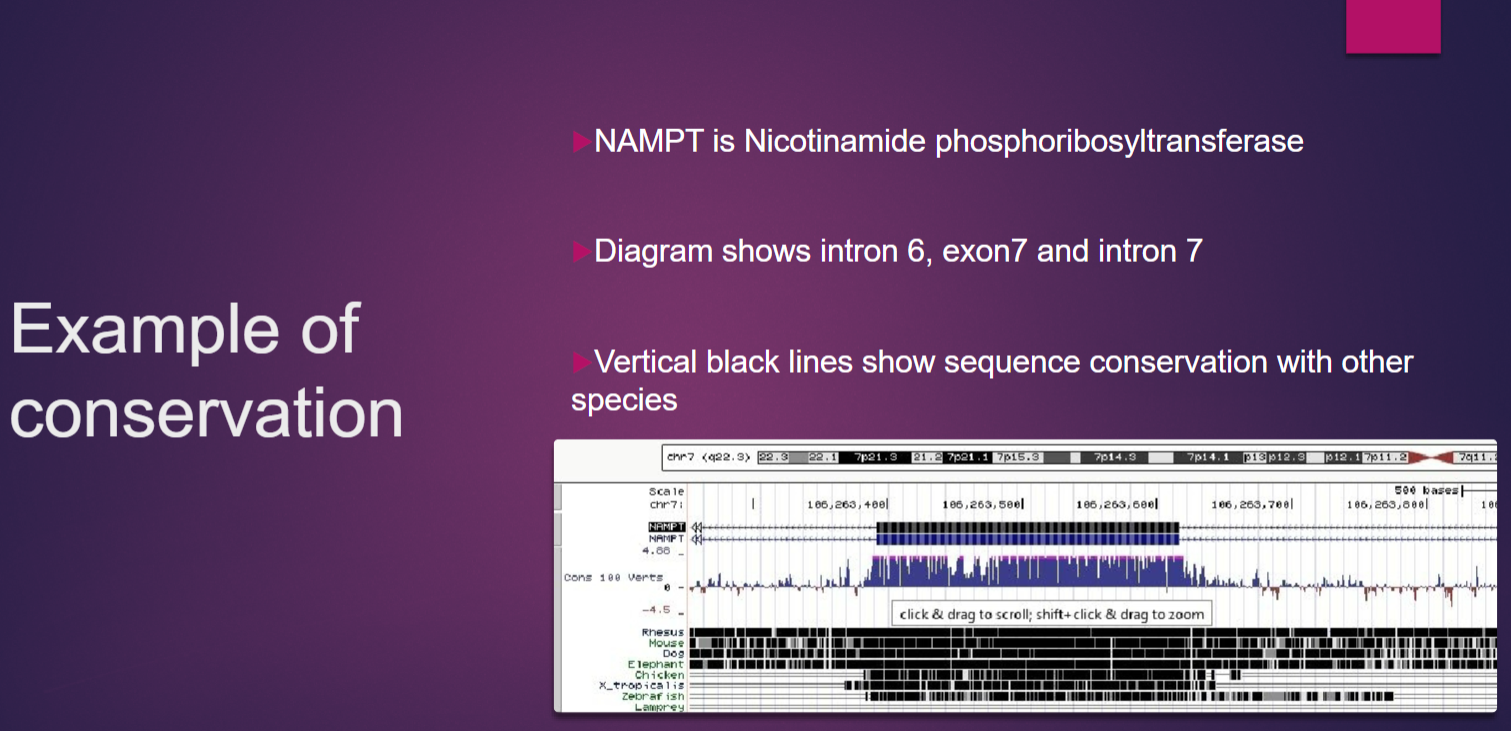
Comparing sequences across species to trace the evolutionary history of a gene or gene family.
Identifying crucial regions of a gene or protein by looking at conserved sequences across different species.
Focusing on areas that seem important when studying newly discovered genes.
What is phylogenetics? (1)
The study of evolutionary relationships between biological entities.
What is the purpose of phylogenetic trees? (2)
To illustrate the relatedness of different biological entities.
To convey the extent of relatedness based on evolutionary pressure and time, often measured by mutation rates.
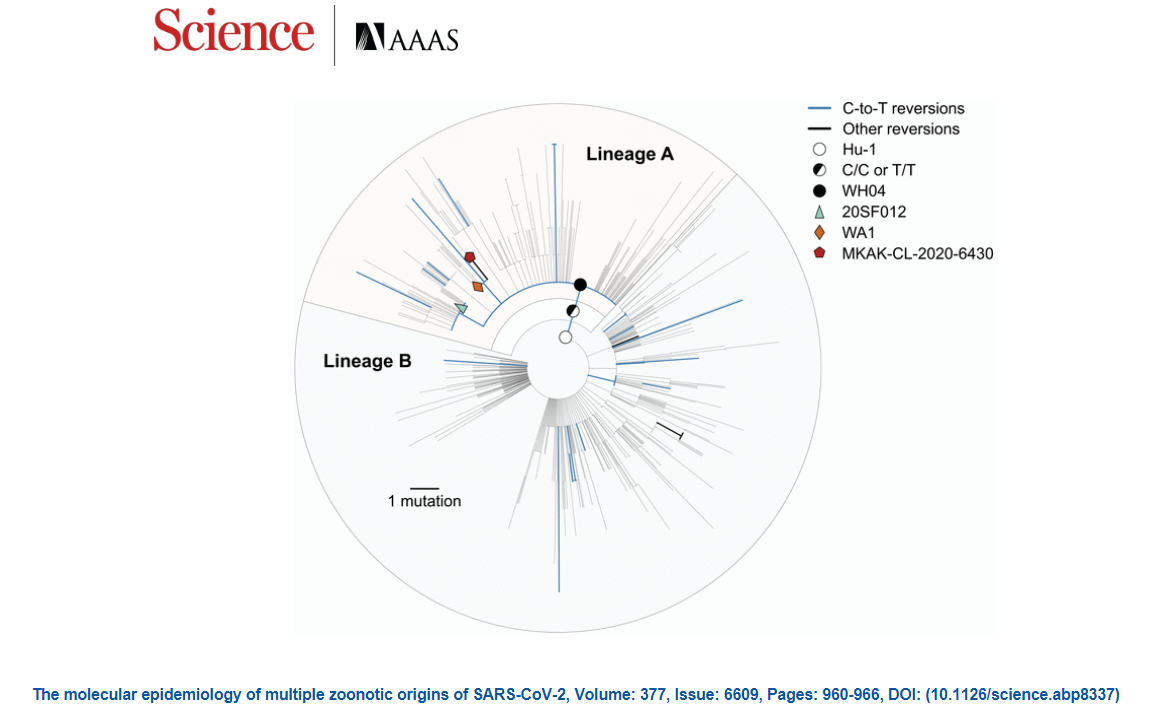
What does phylogenetic analysis suggest about SARS-CoV-2? (2)
SARS-CoV-2 likely emerged as a zoonotic virus (animal to human transmission).
Sequence analysis of early outbreak isolates from Wuhan suggests two separate viruses emerged within weeks of each other.
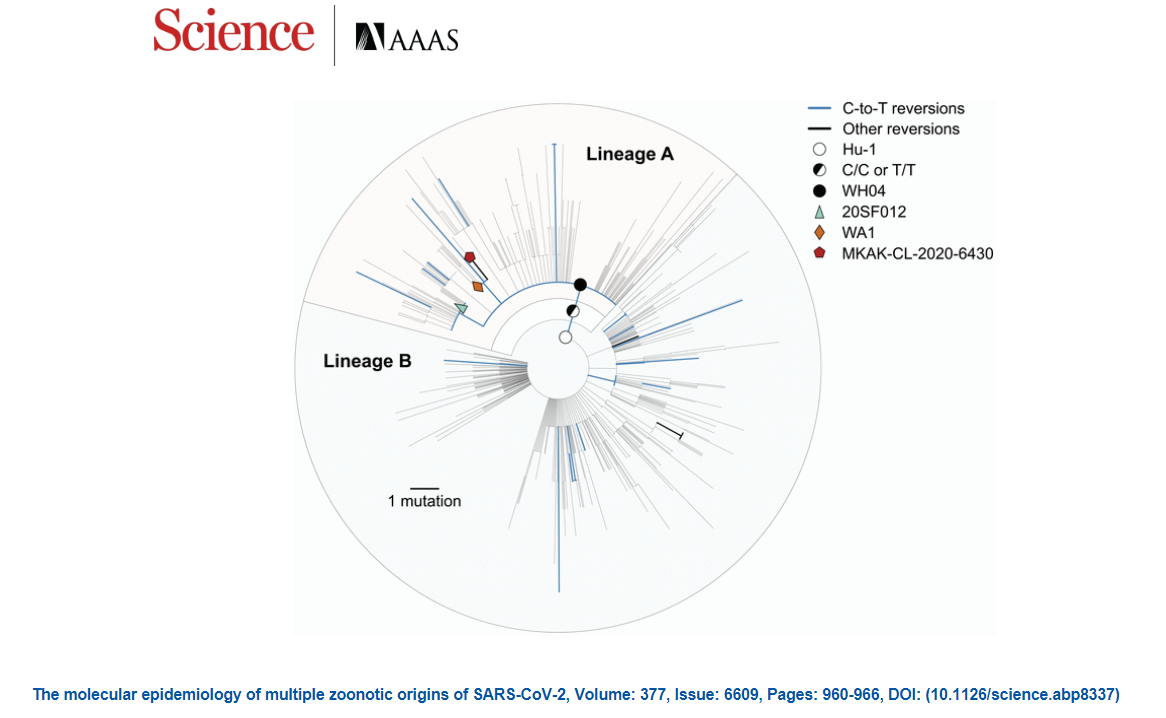
What does phylogenetic analysis indicate about the origin of SARS-CoV-2? (2)
Originated in the Huanan Seafood Wholesale Market.
Individuals and their locations within the market have been linked to particular species of infected animals.
Picture demonstrating SARS-CoV-2 Possible Origins:
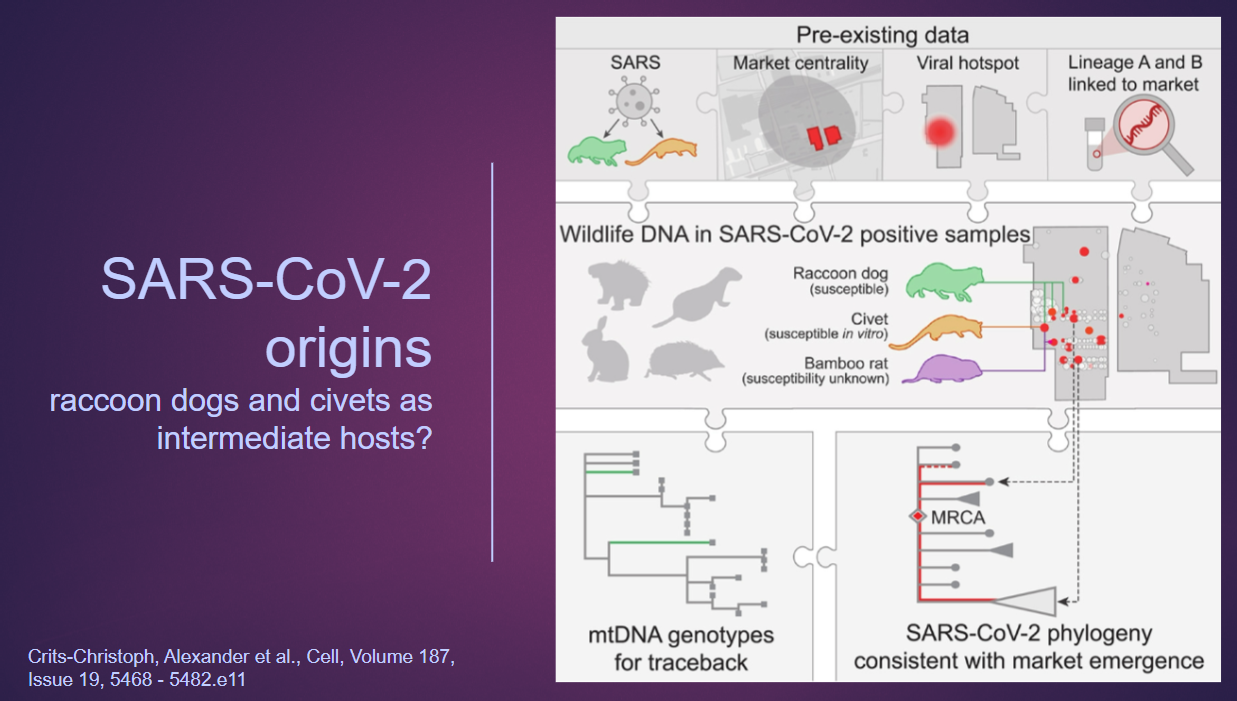
Picture demonstrating the globin gene clusters:
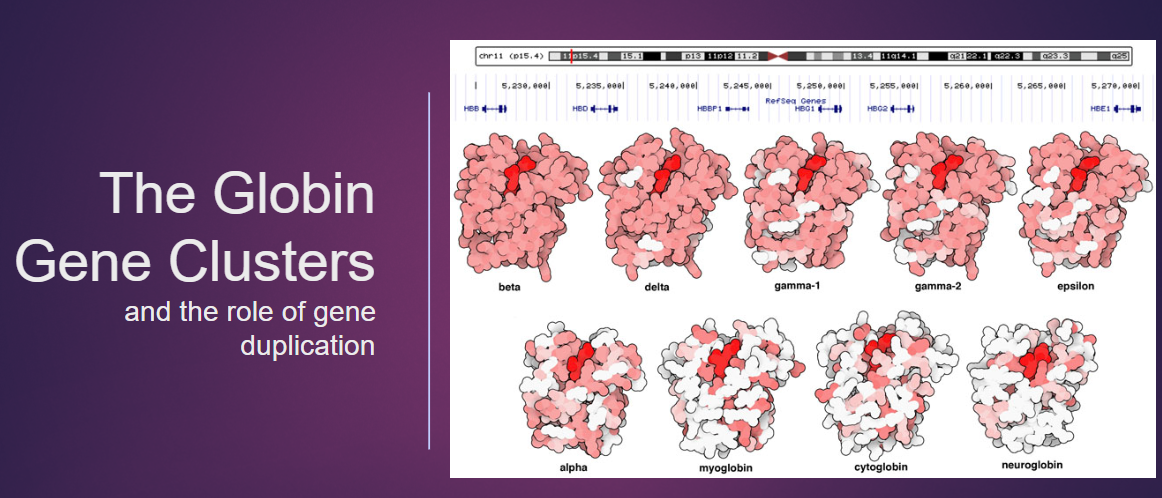
What is gene duplication? (2)
Duplication of a gene’s DNA sequence.
Typically due to unequal crossing over in meiosis.
What can happen after gene duplication? (2)
One copy can continue the original function.
The other copy can evolve new functions through changes in the coding or control sequences.
What is unequal crossing over? (1)
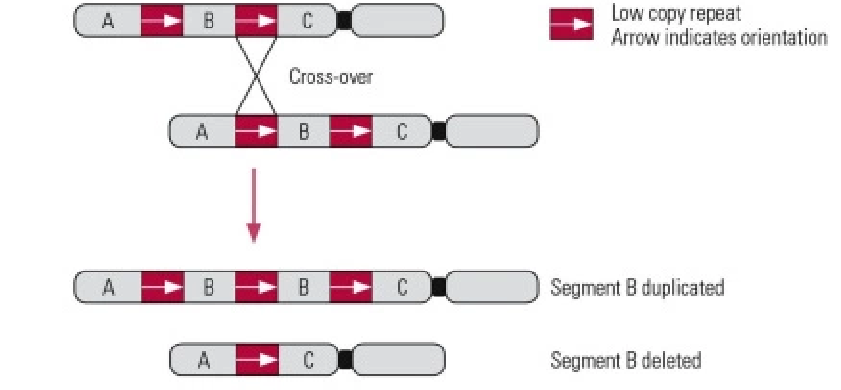
Recombination between sequences that are not the correct sequence but are very similar.
How are the globin genes organized? (2)
Two clusters: Alpha and Beta.
Alpha-like genes are on chromosome 16, Beta-like genes are on chromosome 11.
What does the alpha-like globin cluster on chromosome 16 contain? (2)
3 genes.
3 pseudogenes.
What does the beta-like globin cluster on chromosome 11 contain? (2)
5 genes.
1 pseudogene.
How are the globin genes arranged on each chromosome? (1)
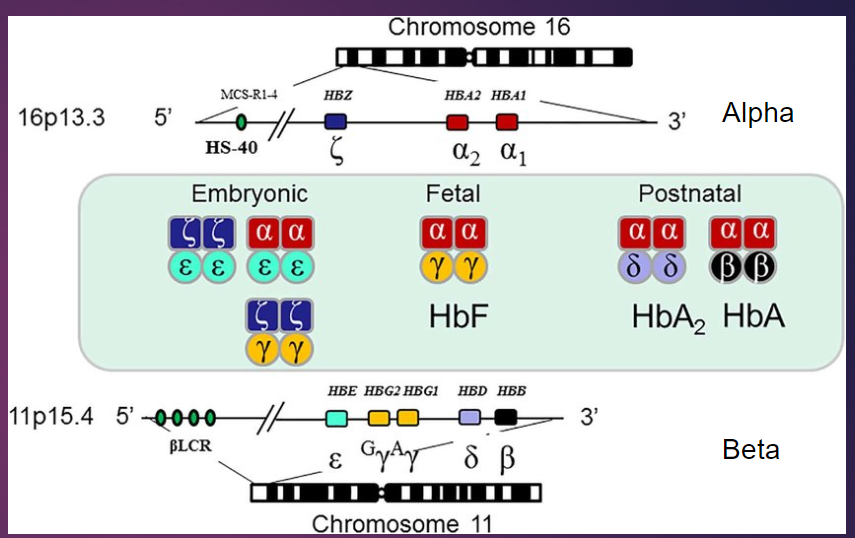
They are arranged in order of expression during development.
Picture demonstrating Globin Gene Expression:
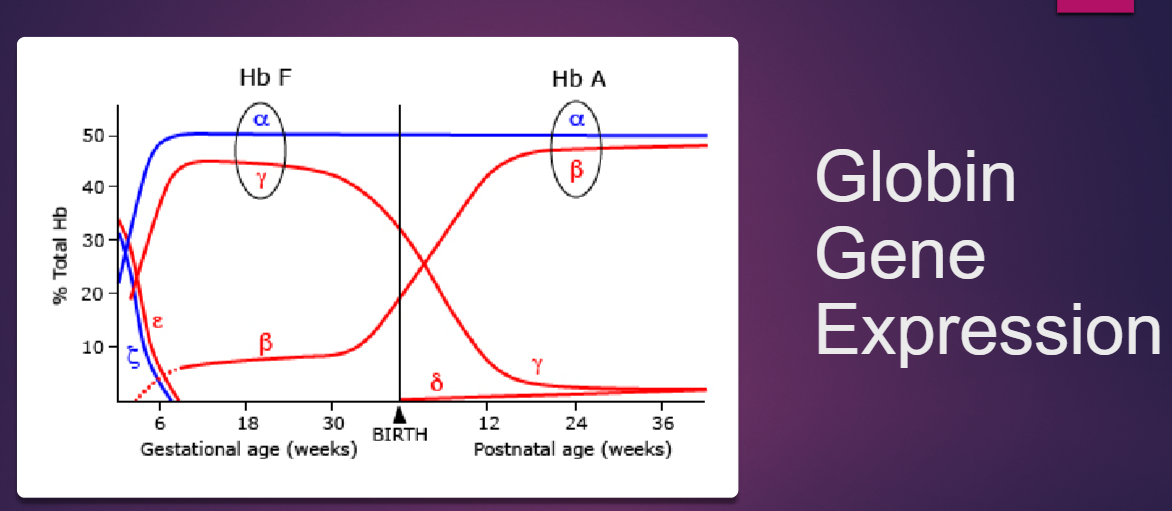
Picture demonstrating the evolution of globin gene clusters:
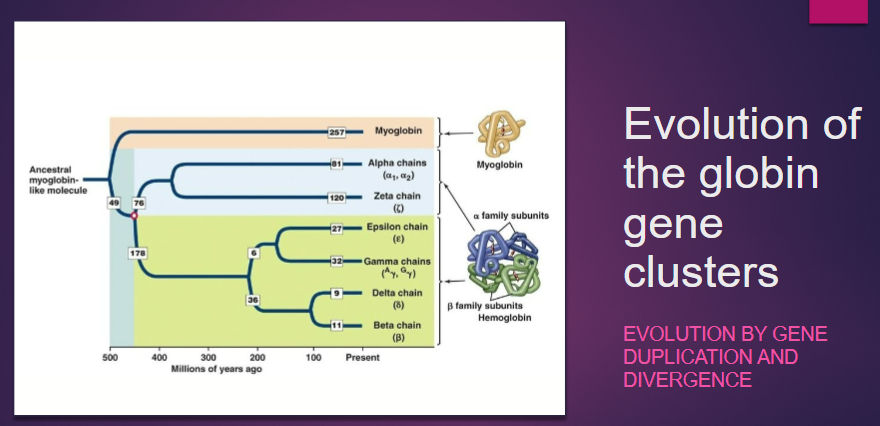
How have globin genes evolved? (2)
Through duplication and accumulation of mutations (divergence).
Some are functioning genes, while others are non-functional (pseudogenes).
What is the significance of promoter divergence in globin genes? (1)
It allows different transcription factors to bind, enabling expression at different stages of development (Embryonic -> Foetal -> Postnatal).
What are pseudogenes? (2)
Non-functional duplicates that arise from gene duplication and accumulating inactivating mutations.
They complicate PCR, sequencing, etc.
When do symptoms of Sickle Cell Disease typically start, and why? (2) List the four main symptoms (4)
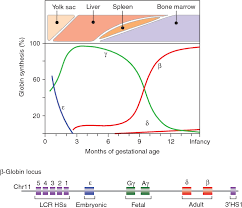
Symptoms typically start at 5-6 months of age due to the switch from fetal hemoglobin to adult hemoglobin.
The main symptoms include:
Anaemia (fatigue, restlessness, jaundice)
Acute pain episodes (“crises”) due to oxygen deprivation
Increased frequency of infections (spleen damage)
Other complications like stroke, pulmonary hypertension, gallstones, liver and kidney problems, joint problems, delayed puberty.
What genetic change causes Sickle Cell Disease (SCD)? (2)
A single base change in the beta-globin gene from GAG to GTG.
This results in a Glu -> Val change at position 6 of the protein.
What is the inheritance pattern of Sickle Cell Disease? (1)
It is an autosomal recessive genetic disease.
When did the original mutation for Sickle Cell Disease occur? (1)
The mutation occurred approximately 7,300 years ago.
What is the probability of a child having sickle cell anaemia if both parents are carriers of HbS? (1)
Each child has a 1 in 4 chance of having sickle cell anaemia (two copies of HbS).
In which populations is the sickle trait most common? (1)
It is common in African, Middle Eastern, Mediterranean, and Indian populations but very rare in Northern European populations.
What are the implications of having one copy of the HbS variant? (2)
One copy confers resistance to severe malaria (carrier status).
However, two copies (having SCD) have significant negative effects on reproductive ability.
What is the significance of the "heterozygote advantage" in the context of HbS? (1)
It allows the HbS variant to be maintained in the population despite its negative effects because carriers are more likely to survive malaria.
What can gene duplication during meiosis lead to? (1)
It can lead to the development of new functions.
How can evolutionary pressure affect the maintenance of genetic variants? (1)
It can be strong enough to maintain apparently damaging variants, as seen with malaria and the HbS variant.